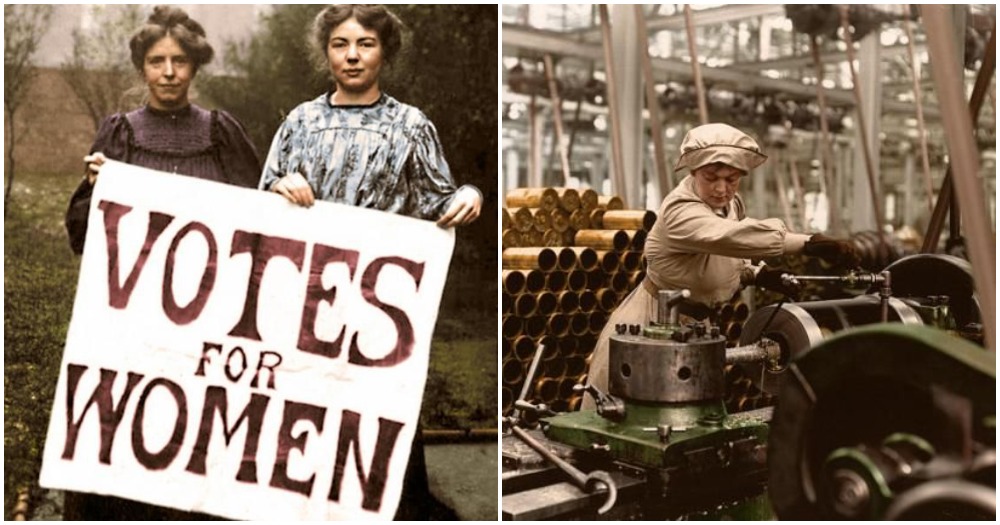
The suffragettes of the WSPU’s radical methods were in contrast to the earlier approach of the National Union of Women’s Suffrage Societies. President of the NUWSS, Millicent Fawcett believed in peaceful protest. She “wrote thousands of letters and campaigned tirelessly for the rights of women throughout her life,” Marshall writes.
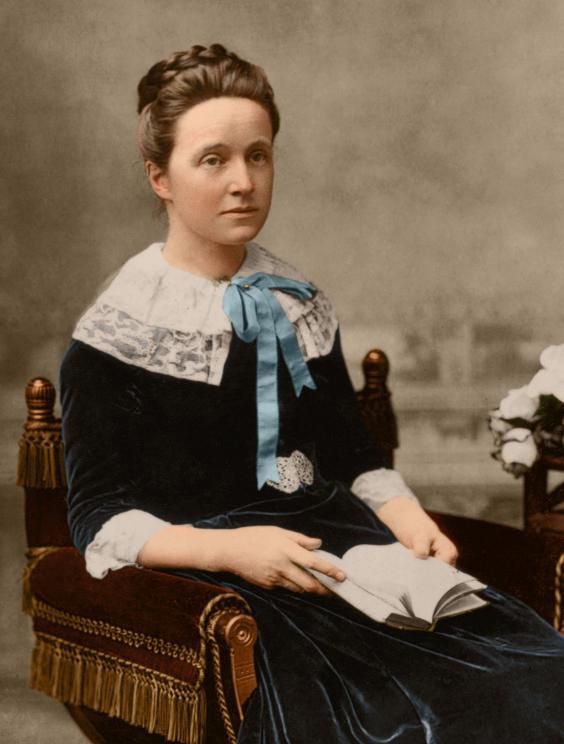
In 1903, Emmeline Pankhurst, pictured here with her daughters Christabel and Sylvia, broke from the NUWSS to found the WSPU and use more militant actions. The suffragettes courted newspaper headlines with bold action and as a result are perhaps better remembered today than the suffragists, Randall writes.
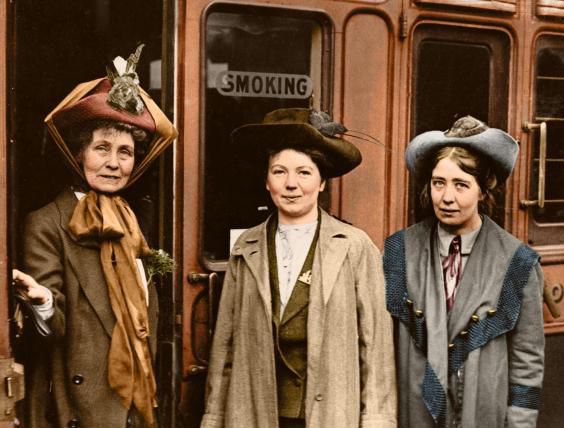
Suffragette Mabel Capper was arrested in 1912. Here she wears the colors of the WSPU, with a purple, white and green medal ribbon. Emmeline Pethick-Lawrence, an editor of Votes for Women, a weekly newspaper, wrote, ‘Purple, as everyone knows, is the royal color, it stands for the royal blood that flows in the veins of every suffragette, the instinct of freedom and dignity. White stands for purity in private and public life… Green is the color of hope and the emblem of spring.’
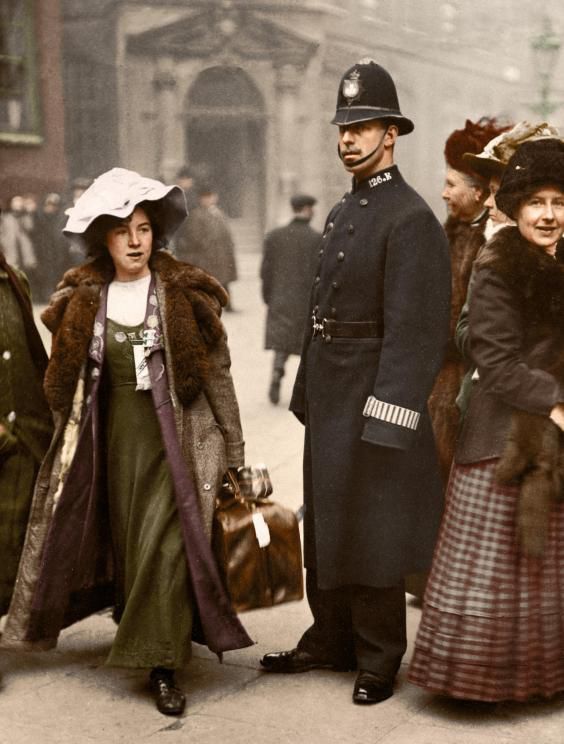
A woman looks through a broken window at Holloway Prison in London, were imprisoned suffragettes on hunger strikes were force fed. Two explosions originating from a nearby suffragette safe house damaged the prison wall and broke the window seen here in 1913.
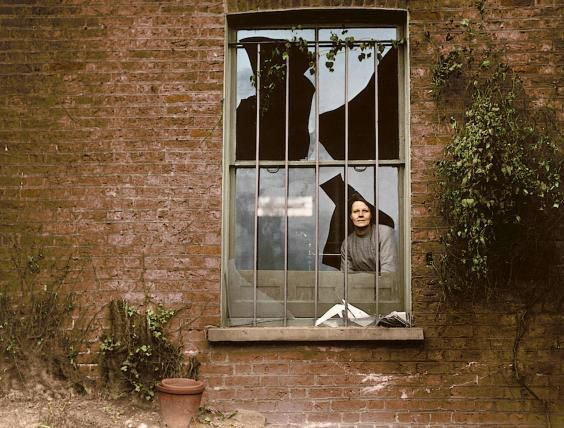
During the war, the movement changed. The WSPU halted their actions and supported the war. Many women worked to aid the war effort. More than a million women worked in the munitions factories like that pictured here. Others became railway guards, ticket collectors, postal works, police, and firefighters, Marshall writes.
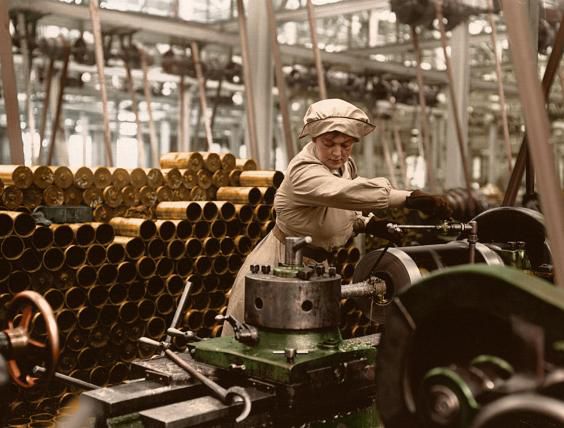
Credits: smithsonianmag.com
Pages: Page 1 Page 2
